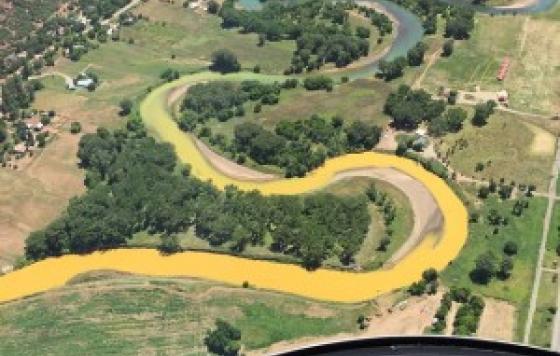
By Jennifer Clary, California Policy Associate
The referenced media source is missing and needs to be re-embedded.
A report released today by the Center for Watershed Sciences at the University of California Davis sheds provides the broadest look to date about the sources and solutions of nitrate contamination of groundwater in some of the most heavily farmed areas of California. The report “Addressing Nitrate in California’s Drinking Water,” a two-year effort funded by the State Water Board with Prop 84 funds, provides a clear look at the impact of agriculture on our drinking water supplies. It’s not good
Nitrate is one of the most common groundwater contaminants. It’s the leading cause of well closures in the state and is almost always associated with human activities. Nitrate is an acute contaminant that can cause short term health impacts and even death when ingested above the legal limit. The most well-known health effect is “Blue Baby Syndrome” or methemoglobinemia. When afflicted with this illness, an infant becomes oxygen-deprived as nitrate reduces the ability of hemoglobin to carry oxygen in the bloodstream. This illness can be fatal. Other short term health effects are spontaneous abortions, stillbirths or Sudden Infant Death Syndrome.
The report highlights the connection between agriculture and contamination of drinking water supplies by nitrate. Focusing on the Salinas Valley and Tulare Lake Basin, home to 2.7 million Californians and 3.1 million acres of farmland, it provides some troubling facts;
- 254,000 residents are currently at risk for nitrate contamination of their drinking water;
- Over 1.3 million people, or nearly half the population, are financially susceptible to nitrate contamination costs;
- 96% of the nitrogen leaching into groundwater comes from sources applied to crops, including synthetic fertilizer (54%) and manure (33%);
- The cost to address current nitrate contamination is $20-$36 million annually;
- If measures aren’t taken to reduce over-use of fertilizer, 80% of the community water systems in the area may exceed the drinking water standard for nitrate by 2050.
Related Posts
Stay Informed
Get the latest updates and actions:
Thanks for signing up!
There was a problem processing your signup. Please try again.


